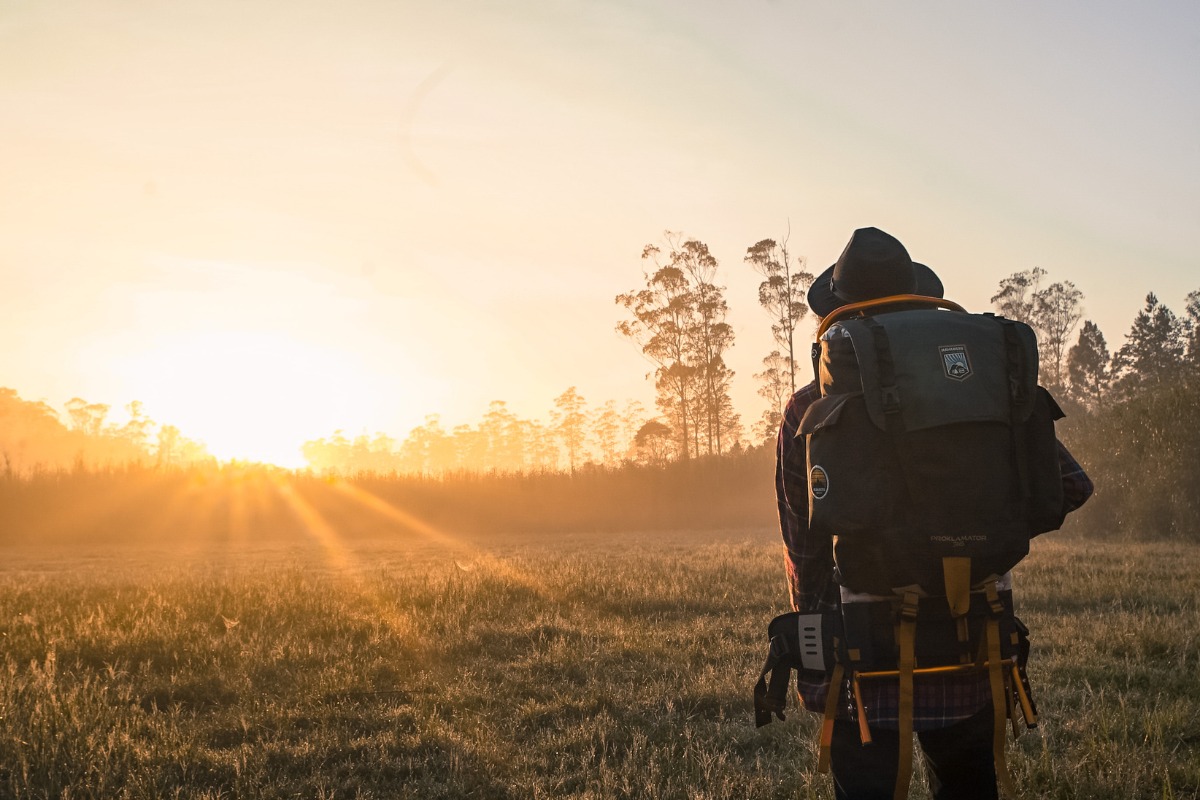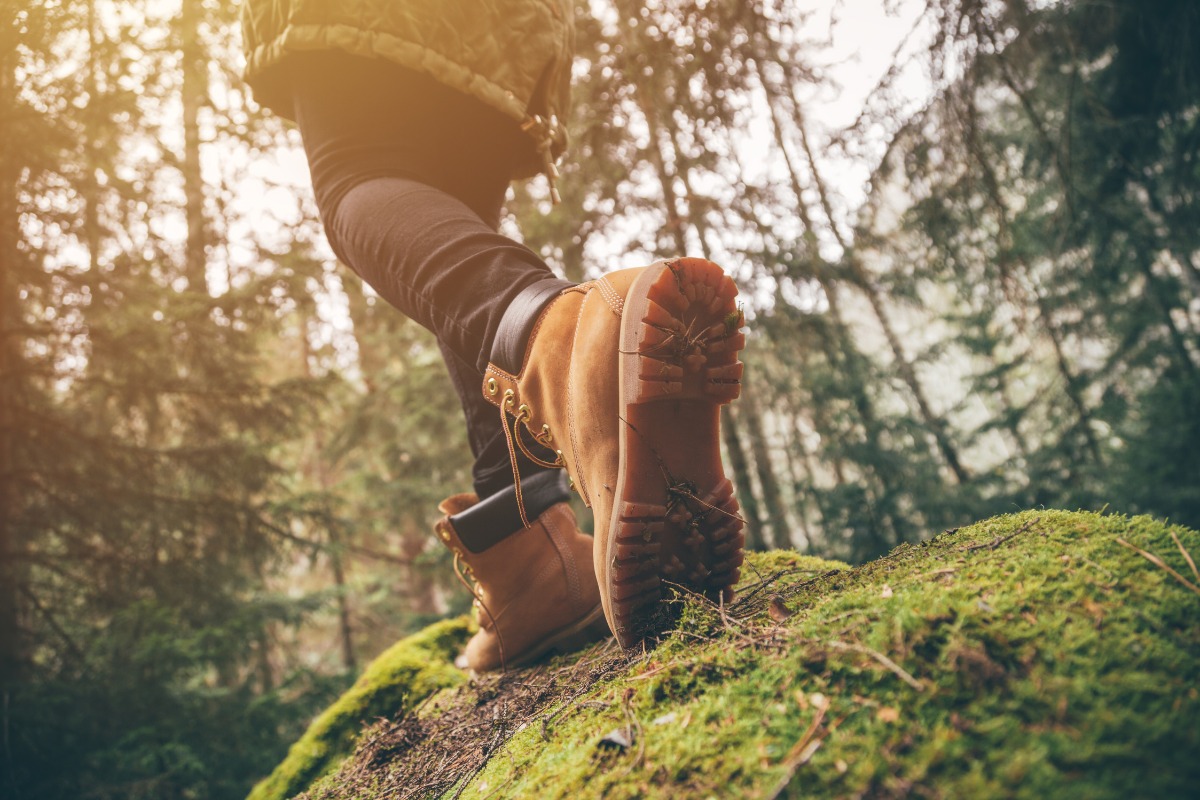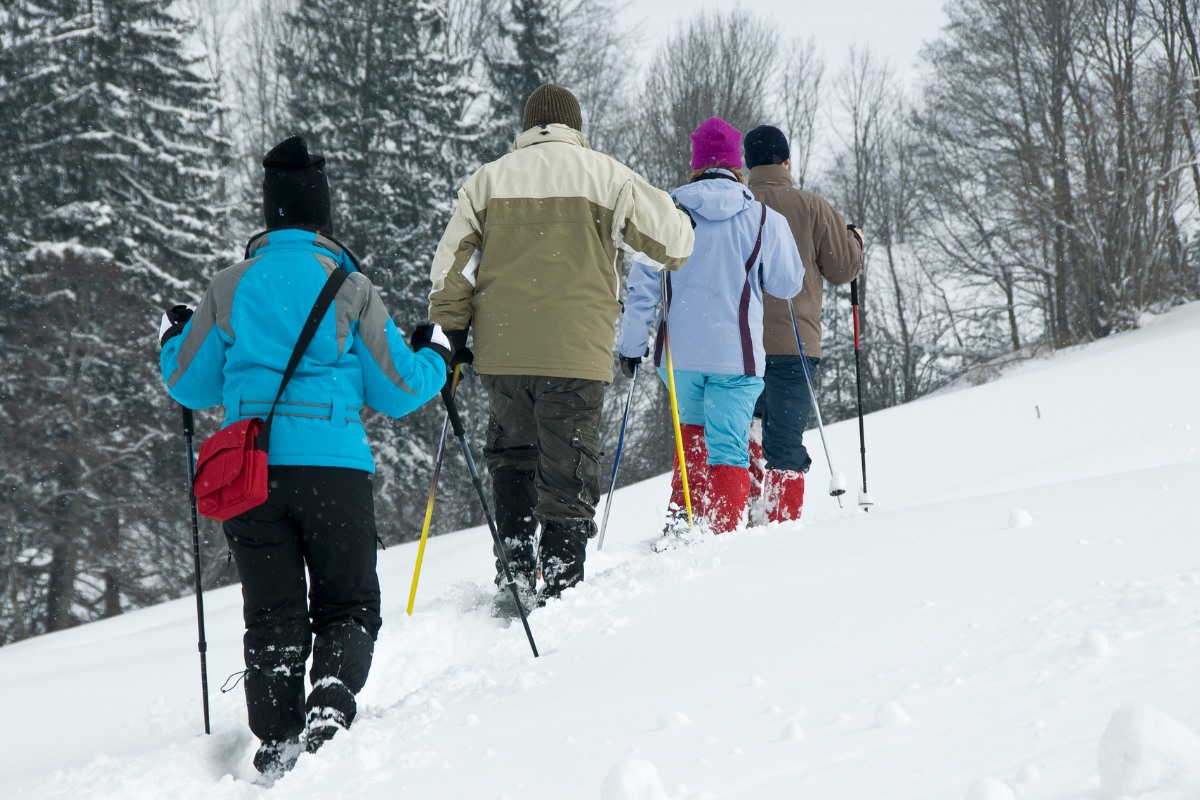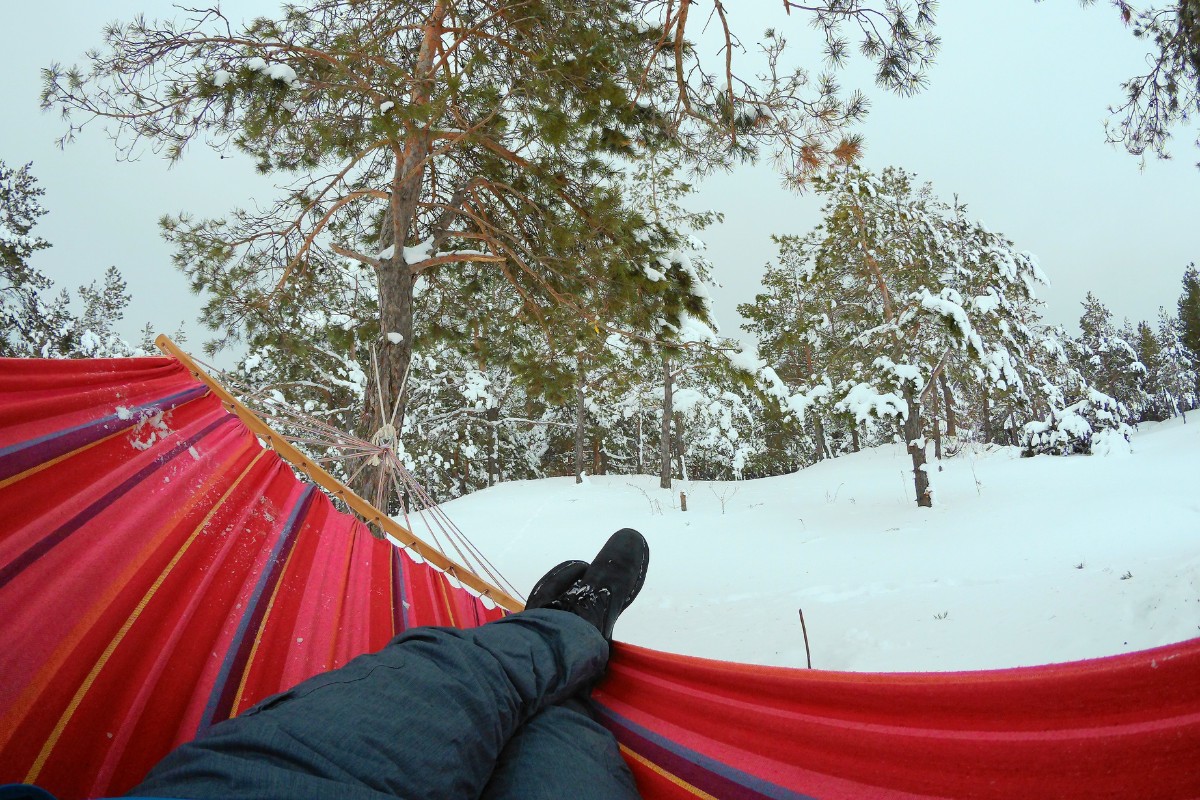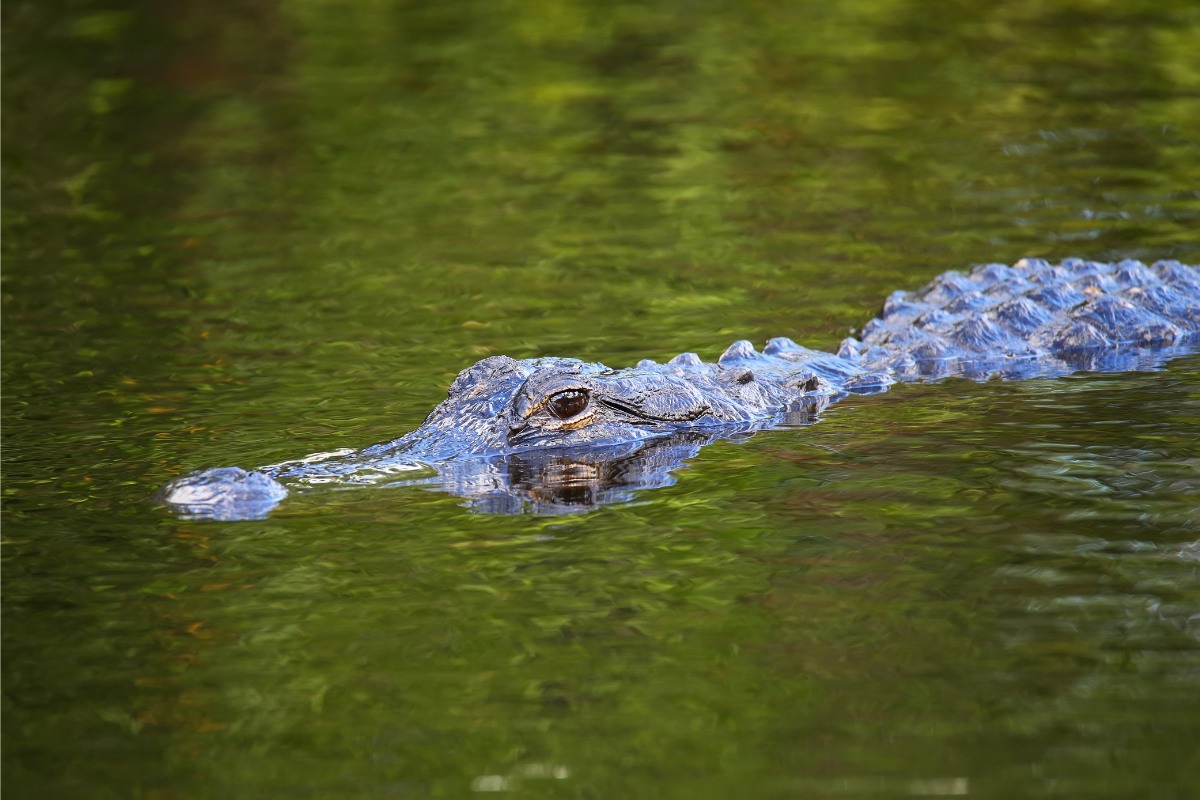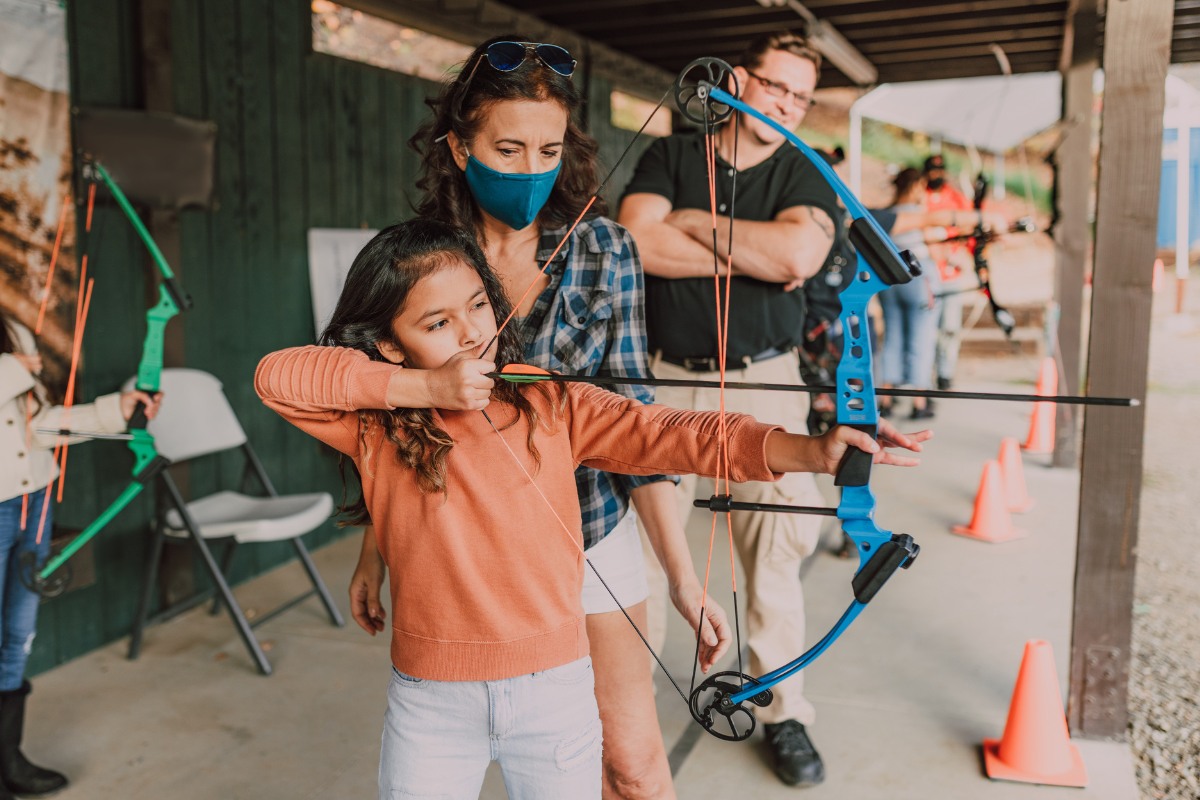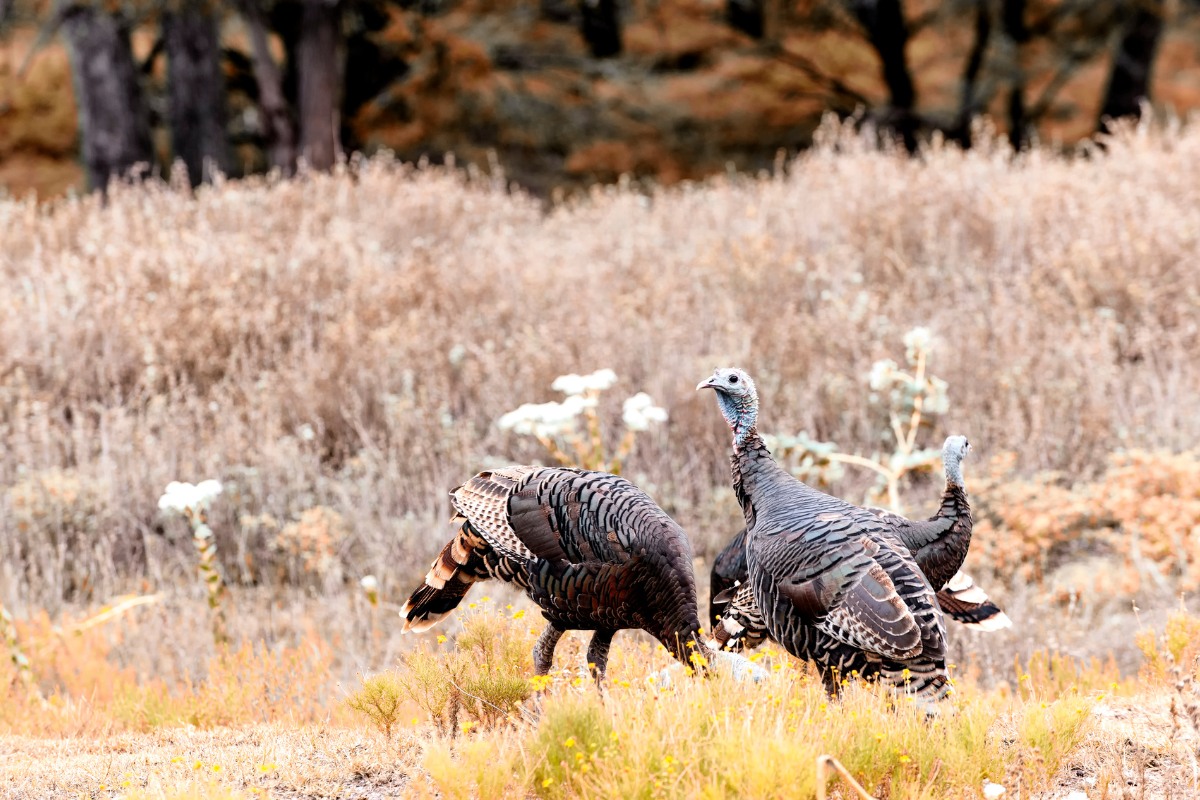So you’ve done overnight backpacking trips, and now you’re thinking about a multi-night trip.
The truth is, once you’ve overnighted in the wilderness, you’re well on your way to being ready for a multi-night stay.
Here are just a few considerations to keep in mind when you decide to spend a long weekend (or week) sleeping under the stars. Stuff like:
- The two limited supplies
- Gear and clothing
- Intensification
- Tips
- Safety
You can stay out there as long as you want, as long as you’re supplied.
Food and Fuel
You can re-wear socks, even get a few extra days out of a pair of pants.
But you can’t re-eat food or re-burn fuel.
These two supplies are the non-negotiable limiting factors for how long you can stay in the backcountry.
(Water is obviously vital to survival, but for a multi-day hike, you’ll be finding, collecting, and filtering water from a water source, not packing it in. See our post on backpacking and water to learn more about finding and treating your drinking supply.)
How Much?
For each day on the trail, a good target is 3,000 calories of food.
You’ll adjust up or down as you take more trips and realize what you actually need, but 3,000 is a good starting point.
3,000 calories is just a bit more than the recommended daily amount, but you’re working hard, hiking and setting up camp, so the extra calories are what keep you going.
Opt for calorie-dense but lightweight foods.
Visualize
With multi-day hikes, it’s even more important to plan out your meals.
Set everything out before you go.
Make sure you have breakfast for each morning and dinner for each night. Bring a lunch for each day that’s easy to eat and protein-rich. Then add a snack or two for each day.
Fuel Up
As far as fuel is concerned, you’ll have exactly as much as you carry.
Depending on how much you plan on using your stove (is a hot breakfast important, or just dinner?) will determine how much fuel you need to bring.
Fuel conservation becomes even more important on multi-day hikes. We gave some pointers on how to get the most out of your stove.
Gear
Since almost all gear is reusable, you’re pretty much set once you have what you need for a single-night excursion.
The only difference you might find is a yearning for lighter gear.
While your 6-pound tent might be fine for an overnight, on day three, you may find yourself wishing you’d opted for that 2.5-pound tent you saw.
The same holds true for your hammock choice.
The Clothes on Your Back and in Your Pack
You might think that more days mean more changes of clothes, but that’s usually not the case.
Most long backpacking hikers and thru-hikers simply rotate their clothes.
Two pairs each of underwear and socks will usually do the trick.
One pair of hiking pants and one pair of campsite/sleeping pants should be enough. If you want to up it to three T-shirts, that’s up to you.
Decide whether one extra fresh change is more important than saving the 3-8 ounces.
The thing that is different for a multi-day hike is the possibility of weather shifts. While you can generally trust a one-day-out forecast, a three-day-out forecast has more room for error.
So make sure you pack for all the possible weather situations in the area. (At the very least, always bring a rain poncho.)
Intensification
Basically, this just means that everything becomes more important.
While carrying a pack that’s a bit too heavy won’t matter as much on a one-day hike, it probably will on a five-day.
The general guideline for a pack is to have it weigh at the very most 25% of your body weight (ideally less).
And this depends on how physically fit you are.
Your pack should have a frame and straps that distribute the weight between your shoulders and hips.
A pair of boots that are just OK is fine for six miles. But on mile 13, you’re going to wish you’d made sure your boots were the absolute most comfortable ones you’d ever worn.
Never take a new pair out on a long trip. Break them in on shorter trips.
Tips for Long Trips
Read Up
At this point, when you’re considering a multi-day hike, you’re serious about backpacking.
Before you head out, this might be a good time to pick up a solid guide to backpacking.
While the Internet is great (thanks for reading, BTW), a book will give you a deeper level of understanding.
Stay Entertained
It might seem crazy that you could possibly get “bored” in the backcountry, but it happens.
Looking at nature is amazing, and you’ll never get tired of it, but having a few things to occupy you as you hang out in camp isn’t a bad idea.
You might consider a fully charged Kindle or even a book to read if you can spare the room in your pack.
You might also want to practice a wilderness skill like whittling or cordage. Or brush up on your nature photography.
Planning Is Essential
The farther you go, the more opportunities there are for something unexpected to happen.
On a multi-day backpacking trip, research is doubly important.
Read the maps before you go. Seek out people, online or that you know, who have done the trail you’re doing.
Talk to the rangers when you get your permit.
Try to know as much about your route as you possibly can before you set out.
Have a general idea of where you’ll camp each night and how far you plan to cover in a day.
Safety on Long Trips
The farther out you are, the harder it is to get help.
Safety on long trips is even more crucial. Read our general camp safety guide, but in addition:
Check Out/Check In
On a longer trip, it’s important that you let people know where you’re going and when you plan to be back.
If you miss your check-in time, they can send help.
Before you head out on a long hike, leave the following information:
- Where you’ll be hiking (including the name of the park/area and trail name)
- Who you’ll be hiking with
- Description and location of your vehicle
- Where you estimate you’ll stop to camp each night
- Which day and at what time you plan to be back
- Who to call if you miss your check-in (usually a forest ranger or sheriff’s department).
Leave this information in your vehicle and with two different people.
Know Your Limits
Planning for a multi-day hike is exciting, and you’ll be looking forward to it for a while before you go.
Keep in mind that your first night out there might prove to be enough.
Know what is too much for you and when you should head home.
It takes experience to do long trips well. Each trip you take will build your knowledge base.
Each trip will teach you more about your gear and yourself.
If you start to feel that it’s time to head back or time to head towards civilization, don’t push yourself.
It’s better to learn a few things from a one-day hike than to injure or stress yourself on a three-day trip.
There’s always next time.
And You?
What are your thoughts on long backpacking trips? We’d love to hear from you!
